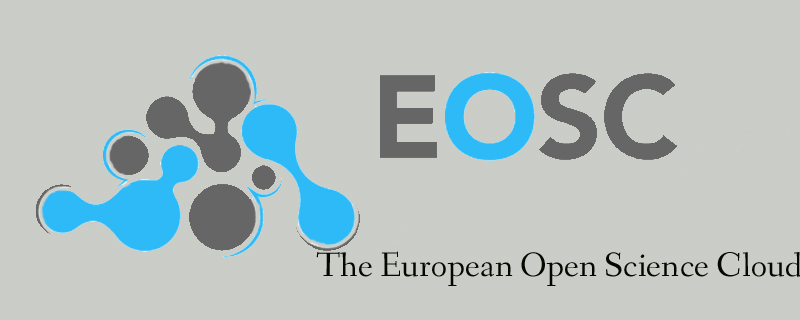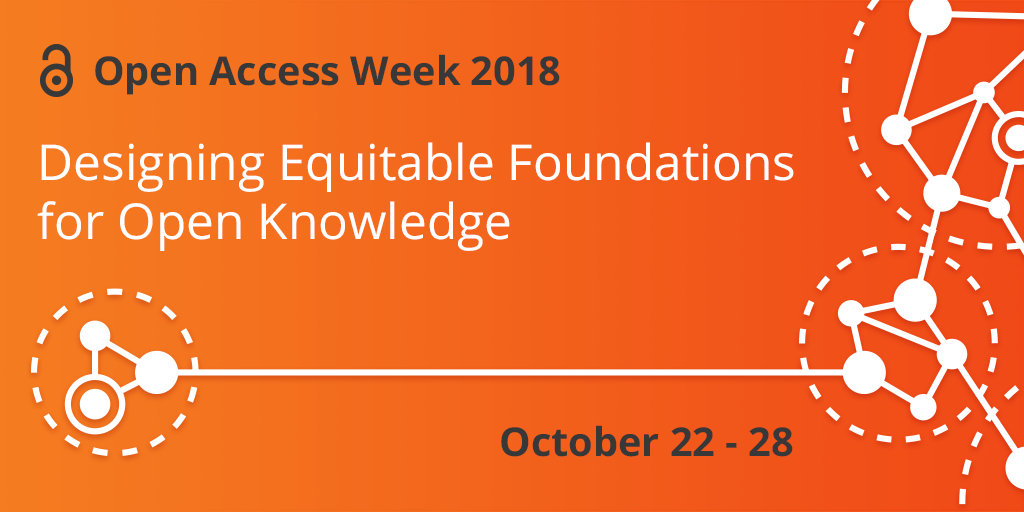
European Open Science Cloud: building a research data e-infrastructure
European research and institutional repositories are very much fragmented. The fragmentation has led to inefficiencies which might have impeded the speed of research and innovation. To address this issue, the European Commission has been working to realize a massive e-infrastructure- European Open Science Cloud (EOSC). The EOSC will combine various data infrastructures to provide fast and seamless access to data. The EOSC will be a one-stop shop for data generated by member states, according to Mr. Carlos Moedas, the European Commissioner for Research, Science and Innovation.
The rationale behind EOSC is to give consumers (researchers and other users) access to data generated by public funding. By creating a trusted environment for hosting and processing research data, EOSC ultimately aims at accelerating the EU science, research, and innovation.
The EOSC facilitates data sharing and re-use across disciplines and borders. Besides, EOSC reinforces Open Science and Open Innovation. The EU believes that this world-class data infrastructure will benefit science, business, and public services. The hope is that, once the project is concluded, it will stimulate the development of better-interconnected innovation centers and start-up ecosystems. Moreover, it will boost the cooperation between universities and industry.
The Commission appointed High-Level Expert Group that advises the Commission on European Open Science Cloud implementation. Mr.Silvana Muscella chairs the new High-Level Expert Group.
The EOSC provides access to 1.7 million researchers in Europe and more than 70 million science and technology professionals. Obviously, e-infrastructure of this size needs high-bandwidth networks, large-scale storage facilities and super-computer capacity to effectively access and process large datasets stored in the cloud. That is why the EU has put a plan in place to invest more than (I think there’s a misspelling in the following part; it’s probably more than 200 euros) euro 200 over the coming two years. It is estimated that half a million ‘core data scientists’ are needed to make the most of open research data in Europe so that the EOSC can be fully functional by 2020.
Horizon Magazine | Europe joins forces to create largest ever shared data repository for researchers
The EU | European Open Science Cloud




